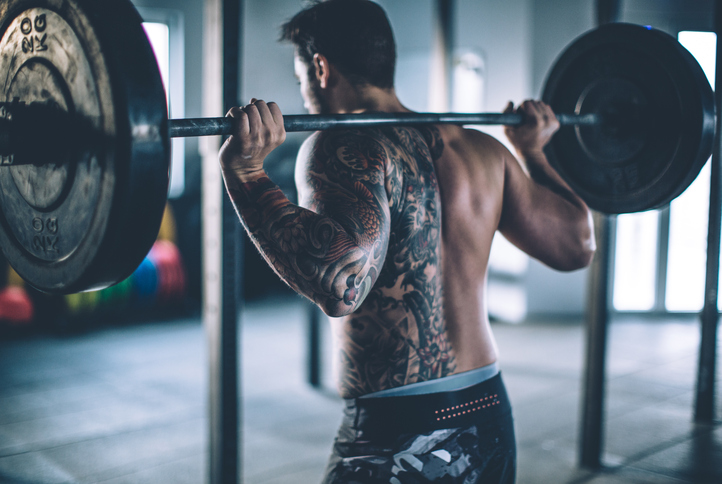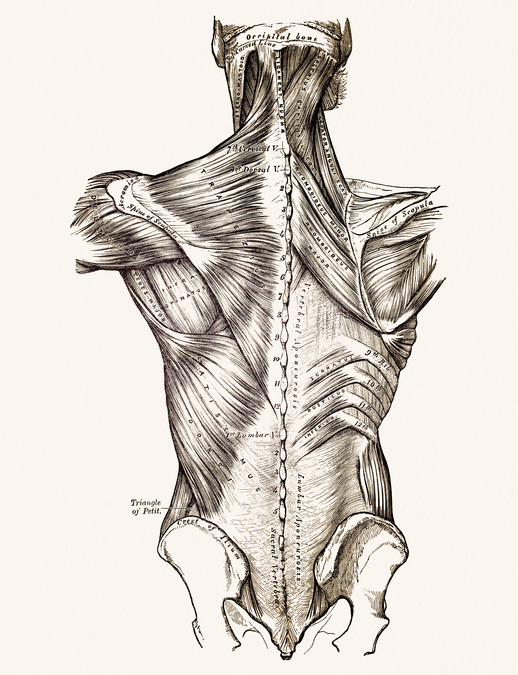2014 impressed upon the world one of the biggest news stories in the bodybuilding world to come around in years. Kevin Levrone would be returning to the Mr. Olympia stage.
For any exhaustive bodybuilding fan you are likely aware of the tendency for our 70’s, 80’s, and 90’s favorites to return for that ‘one last attempt’ at winning world titles. The need to prove that age doesn’t matter, dedication, health, (and the occasional steroids) would more than suffice in the way they did in the decades before.
Kevin Levrone had officially retired in 2003 to pursue other interests. This was after a full career as a bodybuilder. During his reign he was re-known for his incredible genetics and impeccable ability to take a relaxing off season and be competition ready with seeming no effort. And this doubtless led his interest in returning to the field just one more time, for old times sake.
At 52 he was tested again at the 2016 Mr. Olympia, while fans and competitors alike were in awe at what a 52 year old body could accomplish.
While his genetics and an absurd response to anabolic aids play a part in his ability to return to competing size, there is another factor that let this athlete return with vigor. And that is muscle memory.
At this point we are going to ignore the buffoons who claim that you don’t need form or dedication to get that big, that you just need the right ‘roids. If you are one of those dummies I recommend you read on, you might learn something.
How Muscle Memory is Built
Your first muscles are the hardest muscles to build. Kicking your body into shape takes dedication, time, and pain. There is no doubt that this is easier done when you are younger. This is why you often see professional bodybuilders who started as early as 11 or 12, obtaining that much mass takes a lot of work and patience.
And during this time it is imperative that training is done properly.

Bruusgaard, Johansen, Egner, Rana, and Gundersen wrote in their study, Myonuclei acquired by overload exercise precede hypertrophy and are not lost on detraining:
“Traditionally, such “muscle memory” has been attributed to neural factors in the absence of any identified local memory mechanism in the muscle tissue. . . Because the ability to create myonuclei is impaired in the elderly, individuals may benefit from strength training at an early age, and because anabolic steroids facilitate more myonuclei, nuclear permanency may also have implications for exclusion periods after a doping offense. “ (2)
When you build muscle you aren’t actually creating new muscle cells. Muscle cells are typically and end up growing much larger than other types of cells. This makes them require larger amounts of mitochondria and nuclei. You never create more muscle, but what you do do is increase the number of mitochondria and nuclei in a muscle cell.
This is why bodybuilders make a point to include creatine in their pre and post workout. A little bit of creatine is produced by your body to help turn ADP into ATP which gives the mitochondria in your cells the ingredients to produce energy. This helps your muscle grow bigger and stronger.
XPI’s Decacor is a high performance creatine complex made with 10 different creatines to optimize your muscle’s ability to recover and build after high intensity workouts. There are no fillers, and most especially no sugar. Your energy will be clean and real so your workout is too.

This allows your muscles to have power rather than behave like fat cells which stay put until moved by another force. Increasing the number of nuclei and mitochondria helps increase how much your muscles can handle to work, it’s like adding more ram to your computer so it loads faster.
These nuclei are also necessary for building muscle memory. And all muscle memory is is the entire makeup of nuclei in each cell, they hold all of the genetic information they need to to be able to build large muscles, and the bigger you get the more information they hold.
In their 2012 study, No change in myonuclear number during muscle unloading and reloading, Bruusgaard, Egner, Larsen, etc. learned that:
“Muscle fibers are the cells in the body with the largest volume, and they have multiple nuclei serving different domains of cytoplasm. . . We speculate that the number of myonuclei might reflect the largest size the muscle fibers have had in its previous history.”(3)
Muscle memory is the creation of cell nuclei in each muscle fiber, the nuclei are the brains of the operation. They save every bit of data you put into them, they will remember how big your muscles get as they grow, they will remember the type of stress your muscles can handle, and they will remember what form your body goes into when it is building those muscles.
That is why it is imperative to practice good form from the beginning. The well known adage “don’t practice until you get it right. Practice until you can’t get it wrong,” should come to mind when considering how muscle memory is created.
The Myth of Muscle Loss
The reason muscle memory becomes important is because there is always a time in everyone’s life where getting to the gym on the daily isn’t a priority. Whether it’s kids, a career change, the loss of a family member, or whatever your reason for skipping the gym is, there will always be a time when you just can’t make it.
When this time happens many athletes turn to the internet to see just how much progress they can expect to lose in their absence. And the internet will tell you it is a lot, and to an extent that is right. You can expect your muscle to shrink in size and the fat to begin accumulation. But, your losses may not be so great as expected.
Atrophy is defined as the “gradual decline in effectiveness or vigor due to underuse or neglect.” This can and has been applied to thousands of different talents or parts of your body. But it is most prevalent in your muscle’s. If you are not working muscles regularly (or if you are doing so too much) they have a tendency to shrink in size and lose strength.
Your muscle may shrink, but the cells are not being killed. This should give you hope, even from years of respite from the gym you have the potential to build muscles close to like they were before, and it shouldn’t take the time that it took when you first started out.
This is a big reason you saw the results with Kevin Levrone in his return to the bodybuilding world for 2016. He was able to amass his size before, maybe not the full physique (because of a different approach than used before) but the results were still impeccable.
So What Does This Mean For You?
If you haven’t already guessed what this kind of news means for you gains, let me simplify.
Building muscle at any point is difficult, but it’s a lot easier if you are rebuilding on old muscles. It doesn’t matter how much time has passed since you last went to the gym, it’s never too late to start rebuilding.
This is the miracle of muscle memory, you will be stiff, and sore, and tired. Your muscles will burn. Your life is gonna suck the first few weeks. But if you push through you will notice strength returning faster and cleaner than you expected.
And if you didn’t catch the little blurb a few paragraphs up, Decacor is an excellent source of creatine which will make that muscle building process just a little bit easier as well. Your muscles will remember how big they can get, and why not let them get as big as possible?

